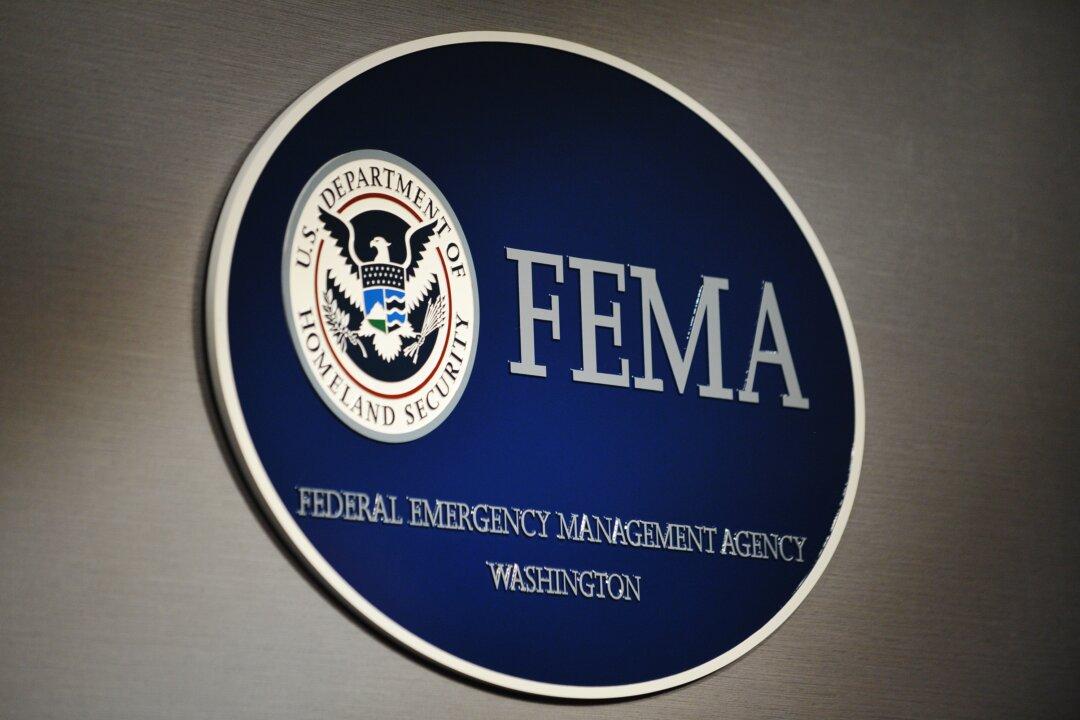The Federal Emergency Management Agency (FEMA) will conduct a nationwide test of its emergency alert system in October to ensure they continue to remain effective.
The nationwide test of the Emergency Alert System (EAS) and Wireless Emergency Alerts (WEA) will be conducted on Oct. 4 and will begin at 2:20 p.m. ET, FEMA said in an Aug. 3 press release. “The purpose of the Oct. 4 test is to ensure that the systems continue to be effective means of warning the public about emergencies, particularly those on the national level. In case the Oct. 4 test is postponed due to widespread severe weather or other significant events, the back-up testing date is Oct. 11.”





